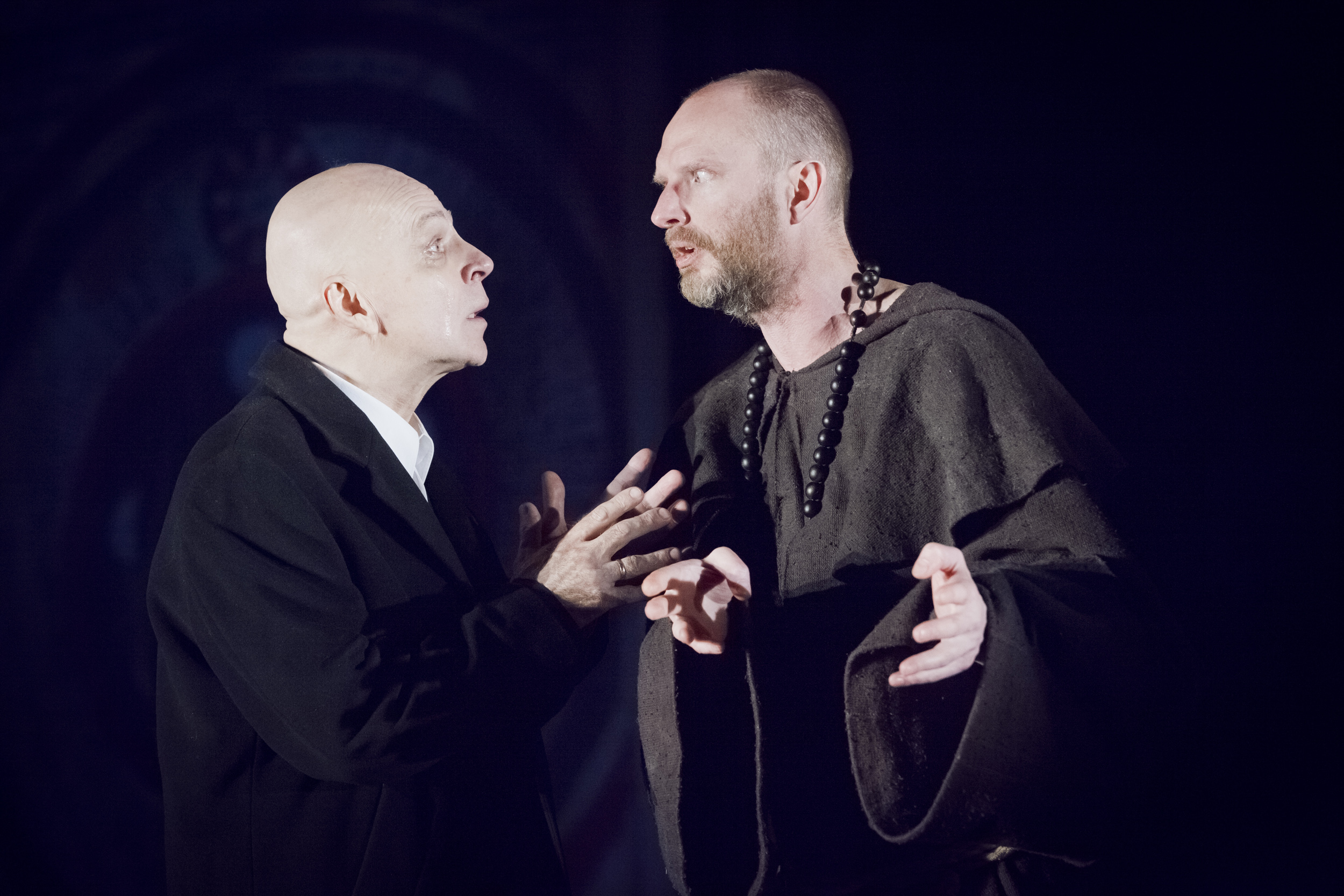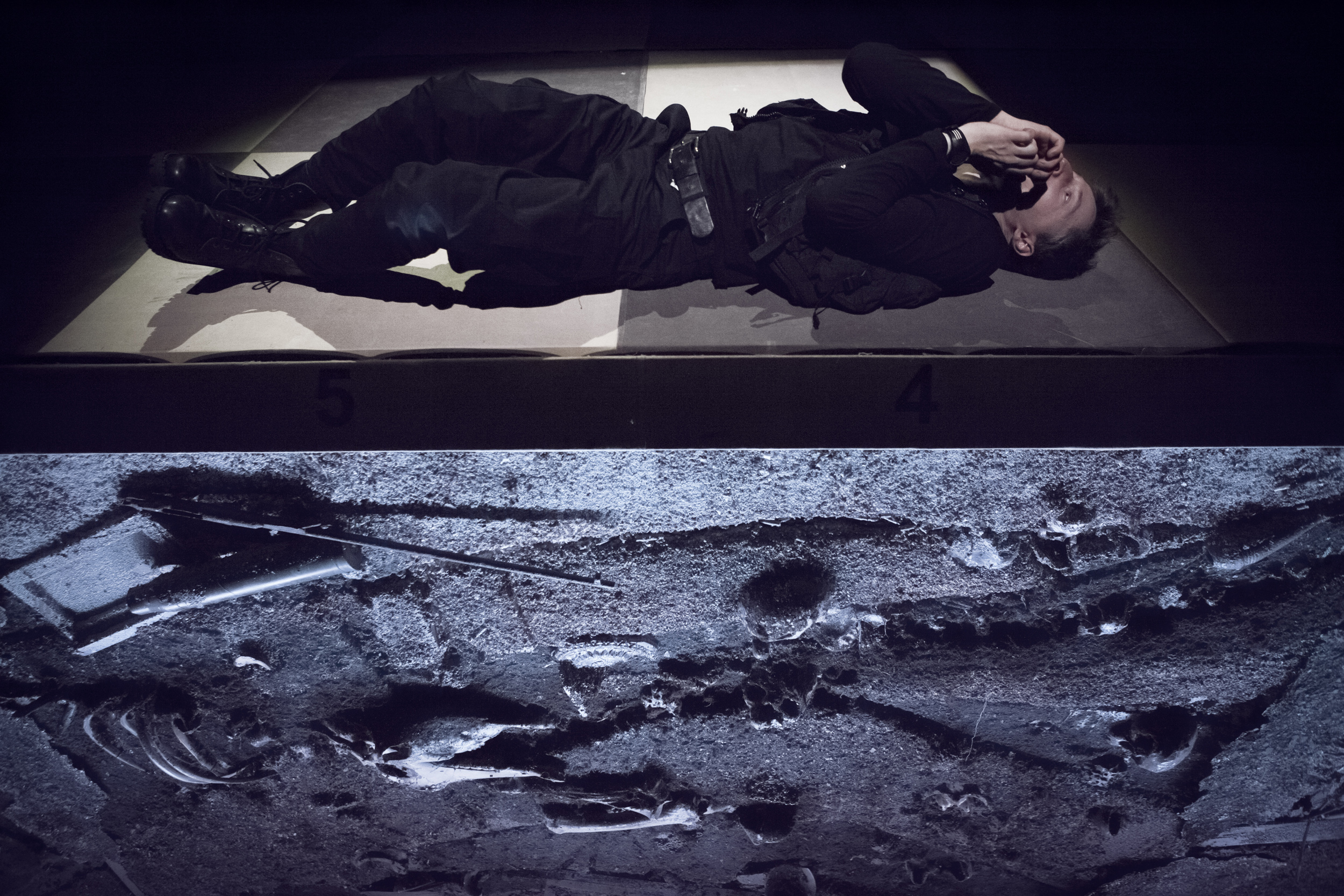On December 8, 2017 the National Kaunas Drama Theatre housed the premiere of the play Nathan the Wise (Lith. Natanas išmintingasis) by Gotthold Ephraim Lessing. This is a utopian drama about the reconciliation of the three great religions. Director Gintaras Varnas dedicated this performance to professor philosopher and member of the European Parliament Leonidas Donskis who passed away in September 2016. “I think that Donskis was our Nathan. One of the credos of Nathan's life is 'Don't speak much. Act.' And indeed Donskis did have a great impact on us with all his life - he influenced the development of our thinking, took care of various TV shows and books, educated us, and spread his ideas. He was a Europhile and he understood that no matter how European Union was foul-mouthed, it was still a union.” At the same time, Varnas claims that “promoters of contemporary postdramatic, postmodern theatre should not usurp the entire theatre or despise different theatre. I don't like this kind of theatre. And yet it has the right to exist just like dramatic theatre. It's not a rebellion but rather a step that is unfashionable. It's a performance that resists the mainstream.”
According to theatre critic Daiva Šabasevičienė (Lteatras.lt), “By using active montage the director manages to create a common spectacle, a performance-picture that is inseparable from expressive stage scenery and costumes. It comes as no surprise that Gintaras Varnas and Juozas Statkevičius, the brightest personalities of these spheres, became their authors.”
On the eve of the premiere, when Donald Trump recognised Jerusalem as the capital of Israel, heavy clashes broke out in Bethlehem and Ramallah. Direct images from these places served as one more indirect illustration supplementing the performance. “The big manuscript book created by Makarevičius is a medieval codex containing various cultural monuments (Jewish, Christian and Muslim). This book is not only the covers with bound pages; it also includes a huge element of stage scenery, i.e. an arch gallery of a Gothic building that unfolds in the 4th act, in the scene of a covered monastery gallery. The book fills the stage space and when it closes, there is room for animation, a unique lighting score by Vladimiras Šerstabojevas, and the excerpts from the silent film Nathan the Wise (1922) by Manfred Noa that open both acts of the performance. The book is the Talmud, the Quran, and the collection of scientific insights. Every page supplements the gallery of meanings of the changing stage scenery,” Šabasevičienė wrote.
According to theatre critic Monika Meilutytė (Kultūros barai), “Nathan the Wise is an aesthetically clean and harmonious staging. At the centre of the stage, there is an enormous book with medieval illustrations and ancient writings. The actors change the scenery by turning its huge pages. The floor of the stage is a chess board reflecting symbolically the competition of the three religions for supremacy (set design by Gintaras Makarevičius). The characters of the drama by Lessing divide. When entering the stage, the actors bring in the historical costumes of their characters (designed by Juozas Statkevičius). Then, they rest their heads on the costumes, look at the audience and separate from these attributes having acquired an entirely different shape”. The critic concluded that “Nathan the Wise by Gintaras Varnas does not remind of the performance seeking to provoke the dissatisfaction of the members of any religion or a stormy reaction from the audience. Yet it provides every spectator sitting quietly in the darkness of the hall with the possibility to individually reconsider their values and faith, and to look into the problems of religious conflicts with even more persistence than that on the stage.”



















